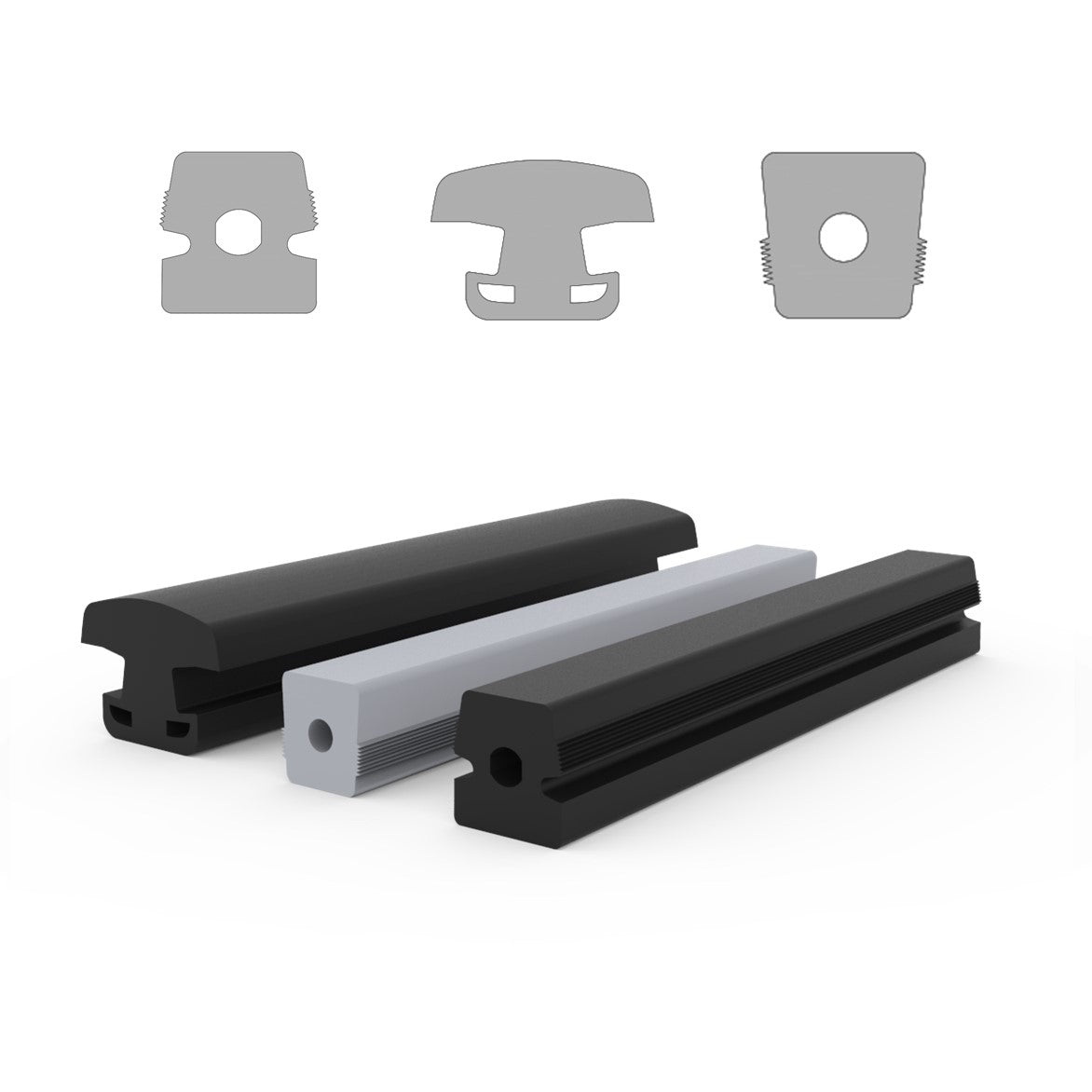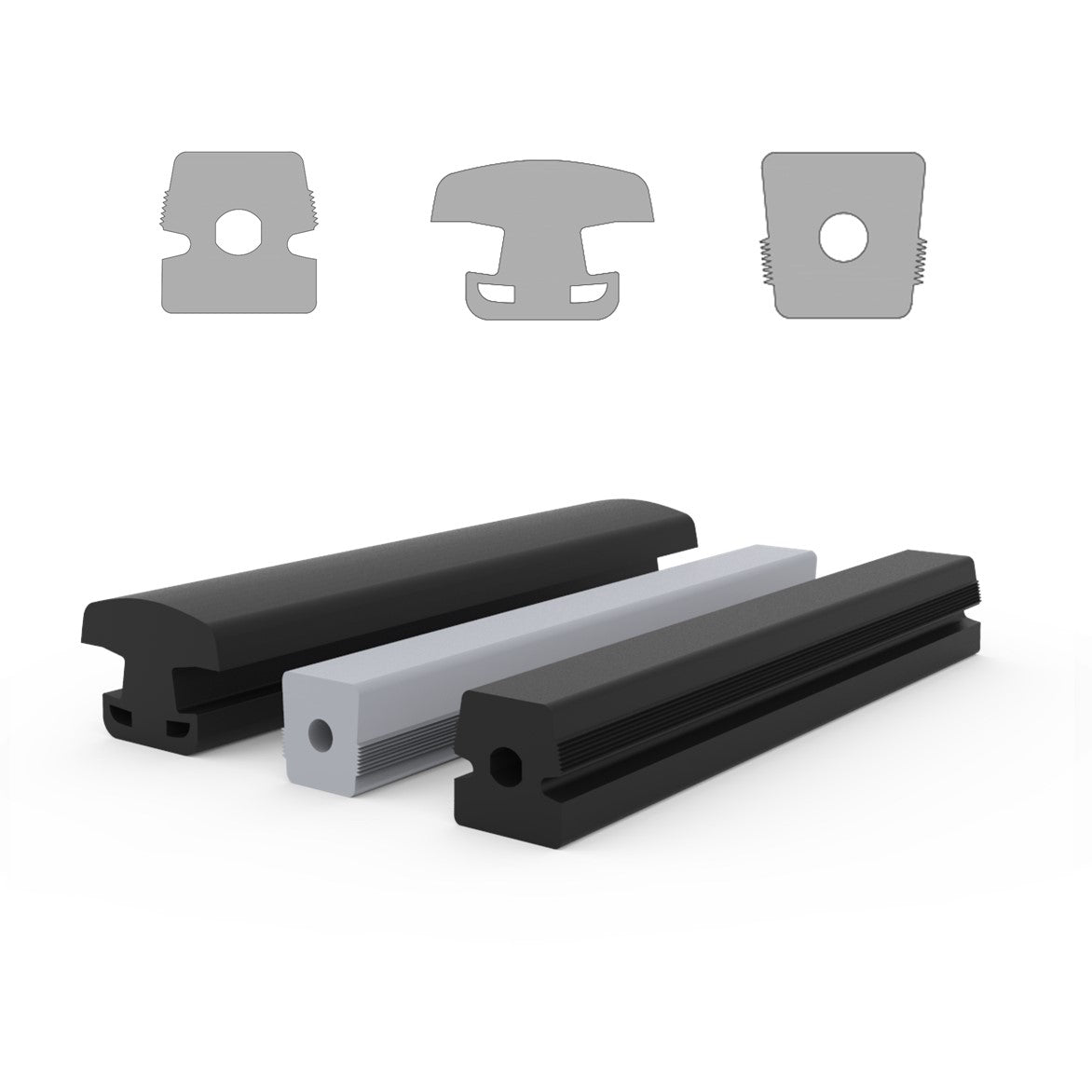Brick grab rubbers — applications and compatibility
Brick grab rubbers are used to reduce breakage and surface damage when handling masonry units, tiles and similar fragile loads with hydraulic grabs and handling heads. They are relevant across construction, quarrying, brickworks and marine cargo handling where grip and cushioning are required. RuplaTec supplies a range of sizes and mounting options suited to common grab jaw profiles; specific compatibility with a grab brand or model can be checked against manufacturer fittings or sample measurements. Technical drawings, material specifications or compatibility notes may be available on request and can assist procurement and engineering teams in selection.
Block grab rubbers — selection, materials and technical support
Block grab rubbers (also referred to as brick grab rubbers) are produced in different rubber compounds and hardnesses to suit load characteristics and abrasive conditions. Selection typically considers jaw geometry, load weight, and surface finish of the handled items. For standard items and variants for specific grab models see the brick grab rubbers collection for available options and dimensions (/collections/brick-grab-rubbers). Guidance on fitting, replacement and material choice can be provided by the supplier; for example, model-specific parts such as the Kinshofer rubber insert are listed as individual items (/products/brick-grab-rubber-kinshofer). Contact our team for application advice, material data or assistance with specifying the correct block grab rubbers for your equipment.


